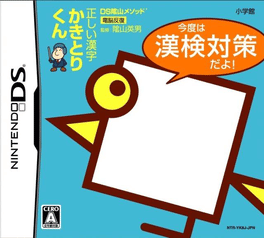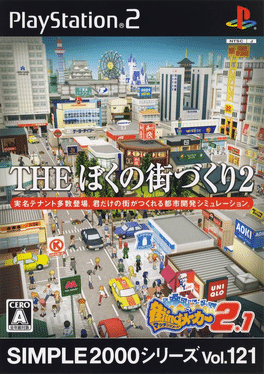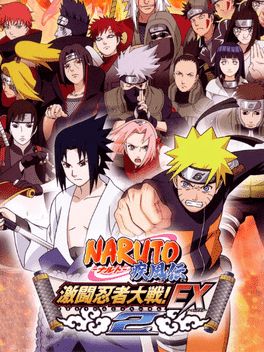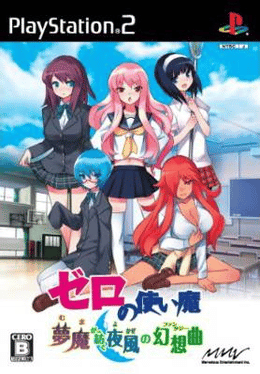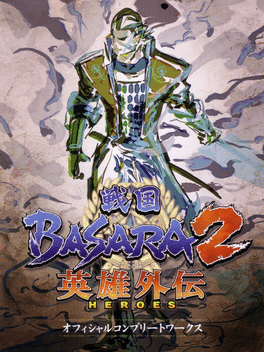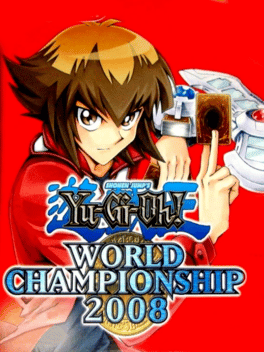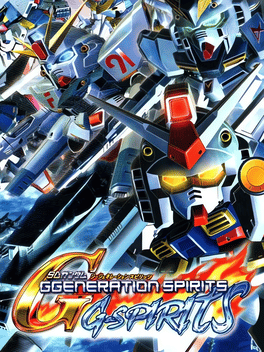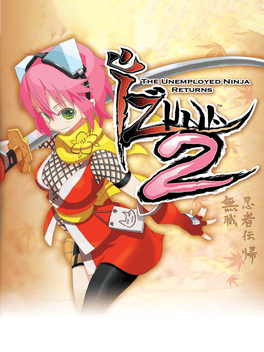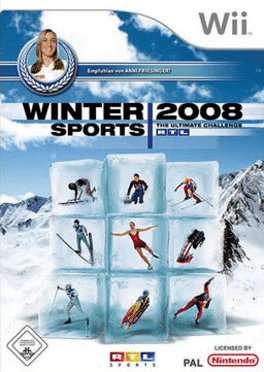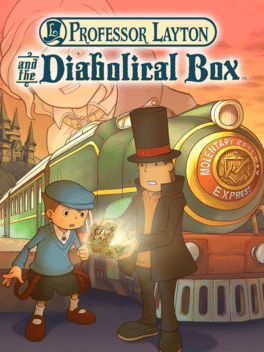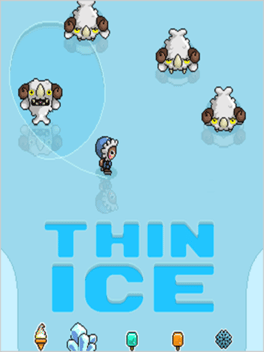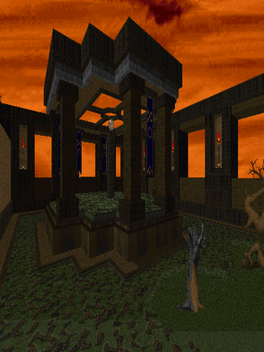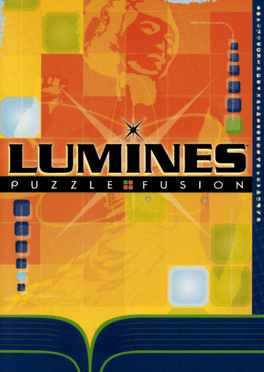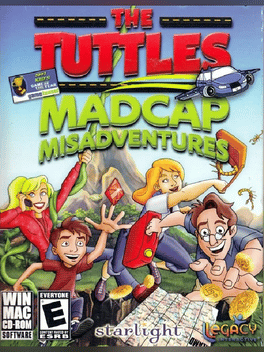New Games - Page 10047
-
DS Kageyama Method: Tadashii Kanji Kakitori-Kun - Kondo ha Kanken Taisaku Dayo!
2007
An educative program on Nintendo DS to learn writing and pronouncing kana and kanji signs of the Japanese language. This is an addition of the Tadashii Kanji series that includes all 1945 jouyou kanji. It teaches readings, meanings, and vocabulary making it a very good game to learn kanji. -
Simple 2000 Series Vol. 121: The Boku no Machi-Zukuri 2 - Machi-ing Maker 2.1
2007
The Boku no Machidzukuri 2 - Machi-ing Maker 2.1 is a Strategy game, developed by Indi and published by D3Publisher, which was released in Japan in 2007. -
Naruto Shippuden: Gekitou Ninja Taisen! EX 2
2007
Naruto Shippuden: Gekitou Ninja Taisen EX 2 is the sixth instalment of the Gekitō Ninja Taisen series. -
Sengoku Basara 2 Heroes
2007
Sengoku BASARA 2 Heroes (aka. Sengoku Basara 2 Eiyuu Gaiden) is the expansion for Sengoku BASARA 2 released by Capcom for the PlayStation 2 and Wii on 29 November 2007. -
Lovely Lisa
2007
Lovely Lisa
2007
Lovely Lisa helps younger girls learn the importance of having fun and working hard while earning your way to your own fashion style! Earn Lisa-points by perfecting your beauty skills and techniques, helping out around the house and even learning what it takes to become a successful career girl! Providing a well-rounded approach to beauty and fashion, Lovely Lisa rewards girls with gorgeous accessories, original clothes and fabulous hairstyles and make-up! Prove you’ve got what it takes in the Heart Hills pageant-with-a-difference! Only the girl with the best skills in all categories can win – because after all, beauty is only skin deep! - Fashion Sense: Polish nails and add your own touch with sparkly accessories, apply make-up and coordinate with the perfect hair style! - Design and customize! Use the DSi camera to snap shots and customize Lisa’s outfits! - Mini-games: Dance your socks off in the idol game or learn to play the piano - Family values: Help mom with shopping and cooking or even help dad to pu -
Yu-Gi-Oh! World Championship 2008
2007
Yu-Gi-Oh! World Championship 2008 is one of the World Championship game series, that released for 2008. Tournament dueling is back with the official software of Yu-Gi-Oh! World Tournament 2008! Battle it out on two exciting game modes: "World Championship" mode, and the new "Duel World" mode, where you can venture through events, meet duel spirits, and buy new cards. -
SD Gundam G Generation Spirits
2007
SD Gundam G Generation Spirits is a Strategy game, developed by Tom Create and published by Bandai, which was released in Japan in 2007. -
Izuna 2: The Unemployed Ninja Returns
2007
star 7.2Ichika, a fisherwoman from the previous game, has plans to get married. However, during the night before Ichika's marriage, Shino, Izuna's best friend, disappears. Izuna frantically tries to find her and quickly locates her. Shino reveals that she was searching for her sister, Shizune, so Izuna and her friends decide to help Shino find Shizune. -
Pain
2007
Pain
2007
star 7.5It’s the funniest game in town! Load characters into a super-sized, ultra-powerful slingshot and launch them into an active, physics-controlled environment filled with precarious and humorous situations. Score points by stringing together PAINful collisions and unleashing chaos on the downtown environment. Join the PAIN online community to keep up with PAIN’s ever evolving gameplay. Compete with other players worldwide on the Global Leaderboards. See you in PAIN! -
Winter Sports: The Ultimate Challenge
2007
star 4.2Winter Sports: The Ultimate Challenge is an arcade-oriented 3D simulation of the most popular winter sports. It features 15 different disciplines in 9 different sports like skiing, bobsleigh, speedskating, ski jumping, figure skating and curling. In campaign mode you can try to master all of the 42 challenges to unlock more levels. The competition mode offers an Olympic event with opening and medal ceremony. The realism is enhanced through commentators, TV cameras, mascots and background sound. There are multiplayer modes for up to four players. -
Sengoku Basara 2
2007
Sengoku Basara 2
2007
A new PlayStation 3 and PlayStation 4 entry into the longrunning Sengoku Basara series which follows the life of Sanada Yukimura -
Professor Layton and the Diabolical Box
2007
star 8.2Professor Layton may be a world-famous sleuth, but even he will need your assistance to crack these challenging puzzles. With Nintendo DS stylus in hand, it's time to muster up some mental might! -
Thin Ice
2007
-
Aeternum
2007
Aeternum
2007
3 action packed levels of varying size. Few puzzles. Built after playing (and loving every second of) Alien Vendetta. Difficulty is intentionally set somewhat high. -
The Office
2007
The Office
2007
The Office is a video game for PC based on the sitcom of the same name, developed by American company Reveille and Published by MumboJumbo featuring the characters from the show as bobblehead dolls. Players are challenged to complete jobs and pull pranks around the office. The game was released on November 28, 2007. -
Lumines: Puzzle Fusion
2007
Indulge yourself with the harmonious fusion of puzzle, light, and music. Experience the famous Console game now available for your PC with enhanced, stylish graphics and block-rocking beats. As you create 2x2 squares in the same color, the vertical time line wipes them away from left to right. Play to the music dynamically generated in synch with your game-play. The award-winning game is an addictive puzzler with 5 intriguing modes: Challenge Mode, Skin Edit Mode, Time Attack Mode, Puzzle Mode, and Mission Mode. -
Asteroids and Asteroids Deluxe
2007
This Xbox Live Arcade release combines both Asteroids and Asteroids Deluxe into one release, and also offers an "evolved" mode with altered graphics and gameplay. -
The Tuttles: Madcap Misadventures
2007
The Tuttles Madcap Misadventures is a hilarious arcade adventure game about a thoroughly modern family trying to bond on a road trip to the Alamo. Beautifully detailed art and wonderfully silly situations bring this familiar story to the Interactive age.

